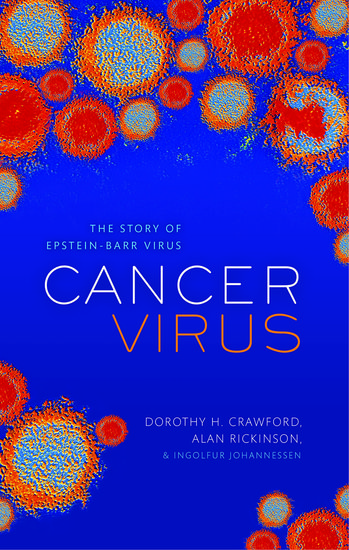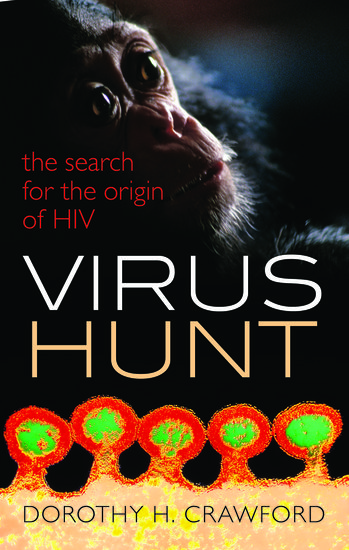By Dorothy H. Crawford
It is over 100 years since HIV, the AIDS virus, began spreading in humans. It all started in West Central Africa where, scientists calculate, HIV jumped from chimpanzees to humans around 1900. Then in 1964 the virus made its first trans-continental flight. In one move it leaped from Kinshasa, capital of the Democratic Republic of Congo, to the Caribbean island of Hispaniola. Here it established a foot-hold in Haiti before travelling on to the US in 1969. So began a journey that took HIV to virtually every country in the world, eventually infecting 65 million people, a figure that is rising by around three million annually.






